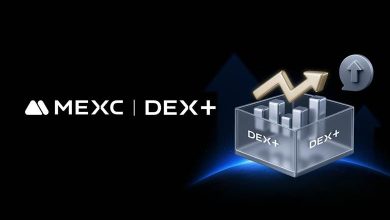Where Glitch Tokens Hide: Common Patterns in LLM Tokenizer Vocabularies

Table of Links
Abstract and 1. Introduction
-
Methods
2.1 Tokenizer analysis
2.2 Indicators for detecting under-trained tokens and 2.3 Verification of candidate tokens
-
Results
3.1 Effectiveness of indicators and verification
3.2 Common observations
3.3 Model-specific observations
-
Closed-source models
-
Discussion, Acknowledgments, and References
A. Verification details
B. A short primer on UTF-8 encoding
C. Outputs for API-based verification
3.2 Common observations
Although many of our findings are dependent on model-specific details such as tokenizer training and configuration, model architecture, and training data, there are a number of commonalities that appear across many different model families.
3.2.1 Single-byte tokens
Tokens representing a single byte are a common source of untrained tokens. The most common occurrence are the ‘fallback’ bytes 0xF5–0xFF which are not used in UTF-8 encoded text[2], and are a convenient source for quickly locating reference untrained tokens for indicators which require them. In addition, many tokenizers including from the Gemma, Llama2 and Mistral families include every byte as a token, but additionally assign a duplicate token to many characters in the normal ASCII range 0x00–0x7F. For example, A is both token 282 as an unused byte fallback token and as token 235280 a text-based ‘A’ in the Gemma models. These issues are not universal, and we also find models which include precisely the 243 bytes used in UTF-8
as tokens, including the models by EleutherAI [14]. Untrained single byte tokens are typically classified as ‘partial UTF-8 sequences’ or ‘unreachable’, and our indicators are effective in revealing which ones are never or rarely seen in training. We publish specific tables which shows the status of each single-byte token for each analyzed model in our repository.
3.2.2 Fragments of merged tokens
3.2.3 Special tokens
Many models include untrained special tokens, such as
[2] See Appendix B for a primer on UTF-8 encoding. [3] When mentioning fragments of more complete tokens, the tokens in parentheses were not detected or verified as under-trained, unless explicitly mentioned otherwise.







